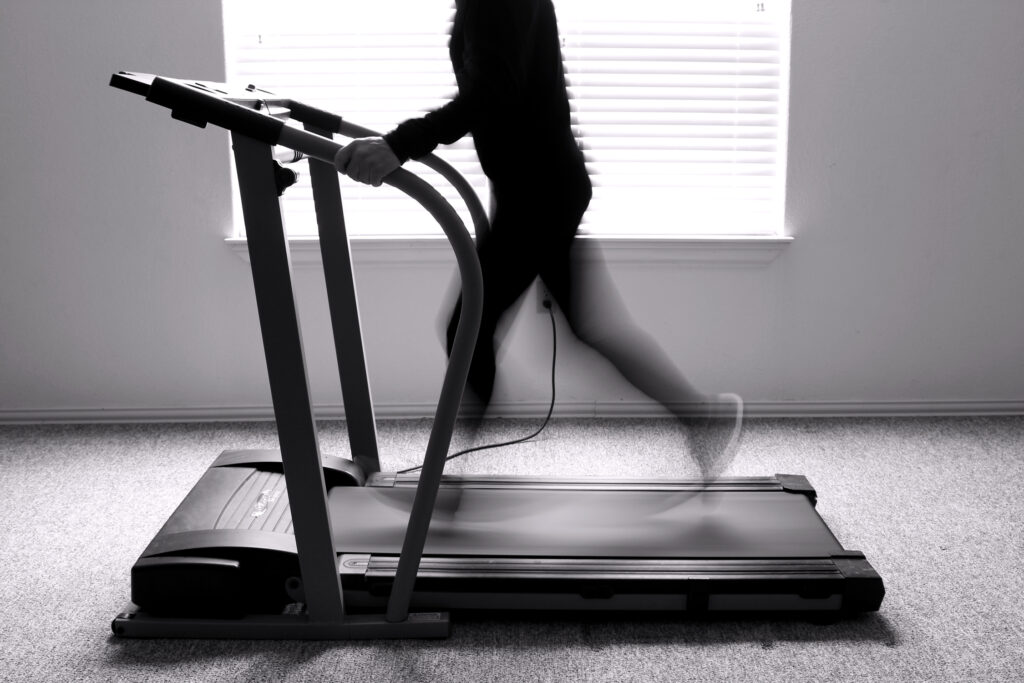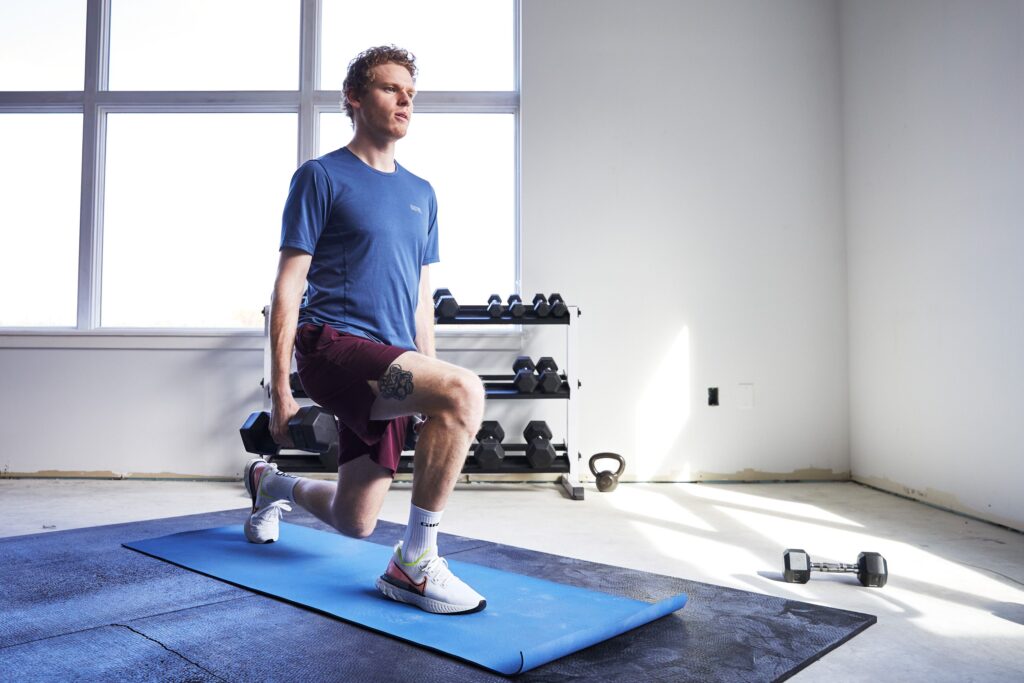Running is one of the most popular and effective forms of exercise. It can help you burn calories, improve your cardiovascular health, strengthen your muscles, and boost your mood. But running can also be challenging, especially if you want to improve your performance, avoid injuries, and stay motivated. That’s why you need a comprehensive guide to running exercises that covers all the aspects of training, from sprinting to cross training, from strength training to treadmill running, and from weight training to interval training. In this article, we will explain the benefits and tips of each type of running exercise, and how to incorporate them into your routine.
Running exercises are not only beneficial for your physical health but also for your mental and emotional well-being. Running can help you reduce stress, improve your mood, enhance your creativity, and boost your confidence. Running can also help you connect with nature, meet new people, and explore new places. Running exercises can make your running journey more fun, rewarding, and satisfying

Sprinting Exercise
Sprinting is running at your maximum speed for a short distance or time. Sprinting can improve your power, speed, agility, and anaerobic fitness. Sprinting can also help you burn more fat, increase your metabolism, and build lean muscle mass. Sprinting exercise can be done on a track, a field, a road, or a treadmill. Here are some tips for sprinting exercise :
- Warm up properly before sprinting. Do some dynamic stretches, jogging, and skipping to prepare your muscles and joints.
- Start with a short distance or time, such as 50 meters or 10 seconds, and gradually increase it as you get fitter.
- Sprint at your maximum effort, but maintain good form. Keep your head up, your shoulders relaxed, your arms swinging, and your feet landing under your hips.
- Recover between sprints by walking or jogging slowly for the same duration as your sprint.
- Repeat the sprint-recovery cycle for 10 to 20 minutes, depending on your fitness level and goal.
- Cool down after sprinting by doing some static stretches and breathing exercises.

Cross Training for Runners
Cross training is doing other forms of exercise besides running. Cross training can help you improve your overall fitness, prevent overuse injuries, enhance your recovery, and break the monotony of running. Cross training can include activities such as cycling, swimming, rowing, hiking, yoga, pilates, or martial arts. Here are some tips for cross training for runners:
- Choose a cross training activity that complements your running goal. For example, if you want to improve your endurance, do a low-impact aerobic activity like cycling or swimming. If you want to improve your strength, do a high-intensity anaerobic activity like rowing or martial arts.
- Cross train at least once or twice a week, preferably on your non-running days or after an easy run.
- Cross train for 30 to 60 minutes per session, depending on your fitness level and goal.
- Cross train at a moderate intensity level that challenges you but does not exhaust you.
- Cross train with proper equipment and technique to avoid injuries and maximize the benefits.

Strength Training for Runners
Strength training is doing exercises that target specific muscle groups using resistance such as weights, bands, or body weight. Strength training can help you improve your running efficiency, speed, power, stability, and injury prevention. Strength training can also help you maintain or increase your muscle mass and bone density. Strength training for runners can be done at home or at the gym. Here are some tips for strength training for runners:
- Focus on strengthening the muscles that are involved in running, such as the glutes, hamstrings, quads, calves, core, back, and shoulders.
- Do compound exercises that work for multiple muscle groups at once, such as squats, lunges, deadlifts, push-ups, planks, and rows.
- Do 2 to 3 sets of 8 to 15 repetitions per exercise, depending on your fitness level and goal.
- Rest for 30 to 90 seconds between sets to allow your muscles to recover.
- Use a weight or resistance that challenges you but allows you to maintain good form.
- Increase the weight or resistance gradually as you get stronger.
- Strength train at least twice a week, preferably on your non-running days or before an easy run.

Treadmill Running
Treadmill running is running on a machine that simulates outdoor running by moving a belt under your feet. Treadmill running can help you control your pace, distance, and incline, and avoid bad weather, traffic, and pollution. Treadmill running can also help you monitor your heart rate, calories burned, and other metrics. Treadmill running can be done at home or at the gym. Here are some tips for treadmill running:
- Warm up before treadmill running by doing some dynamic stretches, jogging, and skipping to prepare your muscles and joints.
- Set the treadmill speed and incline according to your fitness level and goal. For example, if you want to improve your endurance, run at a moderate speed and incline for a long time. If you want to improve your speed, run at a high speed and incline for a short time.
- Vary the speed and incline throughout your treadmill run to challenge yourself and avoid boredom. You can follow a preset program on the treadmill or create your own intervals or hills.
- Maintain good posture and form while treadmill running. Keep your head up, your shoulders relaxed, your arms swinging, and your feet landing under your hips.
- Avoid holding onto the handrails or console of the treadmill, as this can reduce your effort and balance.
- Cool down after treadmill running by doing some static stretches and breathing exercises.

Weight Training for Runners
Weight training is a type of strength training that uses external weights such as dumbbells, barbells, kettlebells, or machines. Weight training can help you improve your running performance, power, speed, and injury prevention. Weight training can also help you build muscle mass, burn fat, and increase your metabolism. Weight training for runners can be done at home or at the gym. Here are some tips for weight training for runners:
- Choose weights that are appropriate for your fitness level and goal. For example, if you want to improve your endurance, use lighter weights and more repetitions. If you want to improve your power and speed, use heavier weights and fewer repetitions.
- Perform weight training exercises that target the muscles that are involved in running, such as the glutes, hamstrings, quads, calves, core, back, and shoulders.
- Do 2 to 3 sets of 8 to 15 repetitions per exercise, depending on your fitness level and goal.
- Rest for 30 to 90 seconds between sets to allow your muscles to recover.
- Increase the weight gradually as you get stronger.
- Weight train at least twice a week, preferably on your non-running days or before an easy run.
Interval Training Running
Interval training running is running at alternating periods of high and low intensity. Interval training can help you improve your aerobic and anaerobic fitness, burn more calories, increase your metabolism, and boost your running performance. Interval training running can be done on a track, a field, a road, or a treadmill. Here are some tips for interval training running:
- Warm up properly before interval training by doing some dynamic stretches, jogging, and skipping to prepare your muscles and joints.
- Start with a short interval duration or distance, such as 30 seconds or 100 meters, and gradually increase it as you get fitter.
- Run at a high intensity during the intervals, but not so hard that you cannot finish the session. You should feel breathless but not gasping for air.
- Recover between intervals by walking or jogging slowly for the same duration or distance as your interval.
- Repeat the interval-recovery cycle for 10 to 20 minutes, depending on your fitness level and goal.
- Cool down after interval training by doing some static stretches and breathing exercises.
Conclusion
Running is a great way to stay fit and healthy, but it can also be challenging and monotonous. That’s why you need a variety of running exercises that can help you improve your performance, prevent injuries, and stay motivated. By following this ultimate guide to running exercises, you can enjoy the benefits of sprinting, cross training, strength training, treadmill running, weight training, and interval training. Try them out and see how they can transform your running experience!🏃♂️🏃♀️







